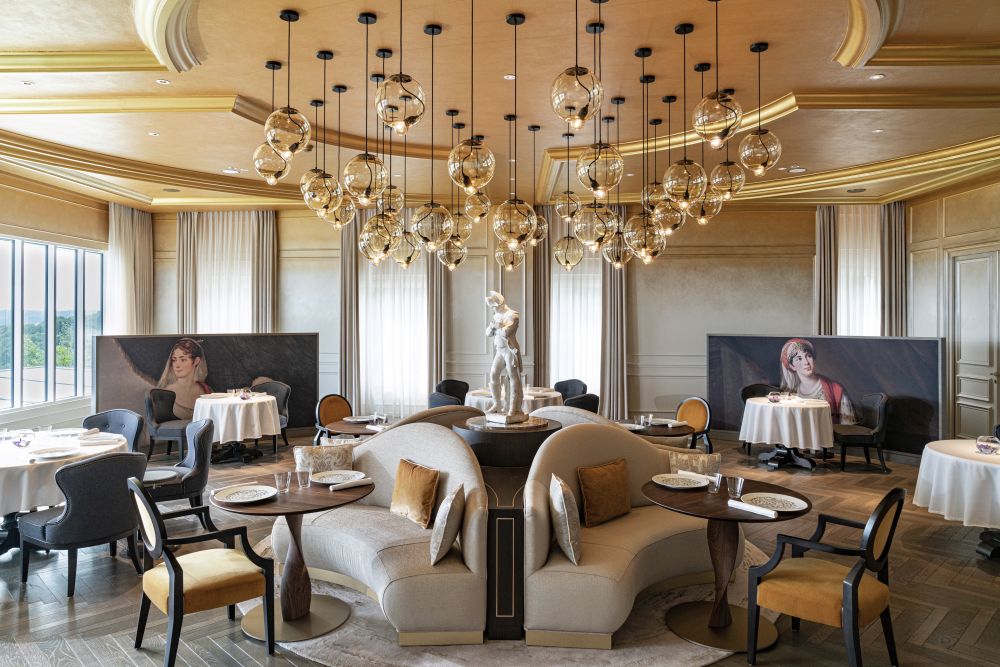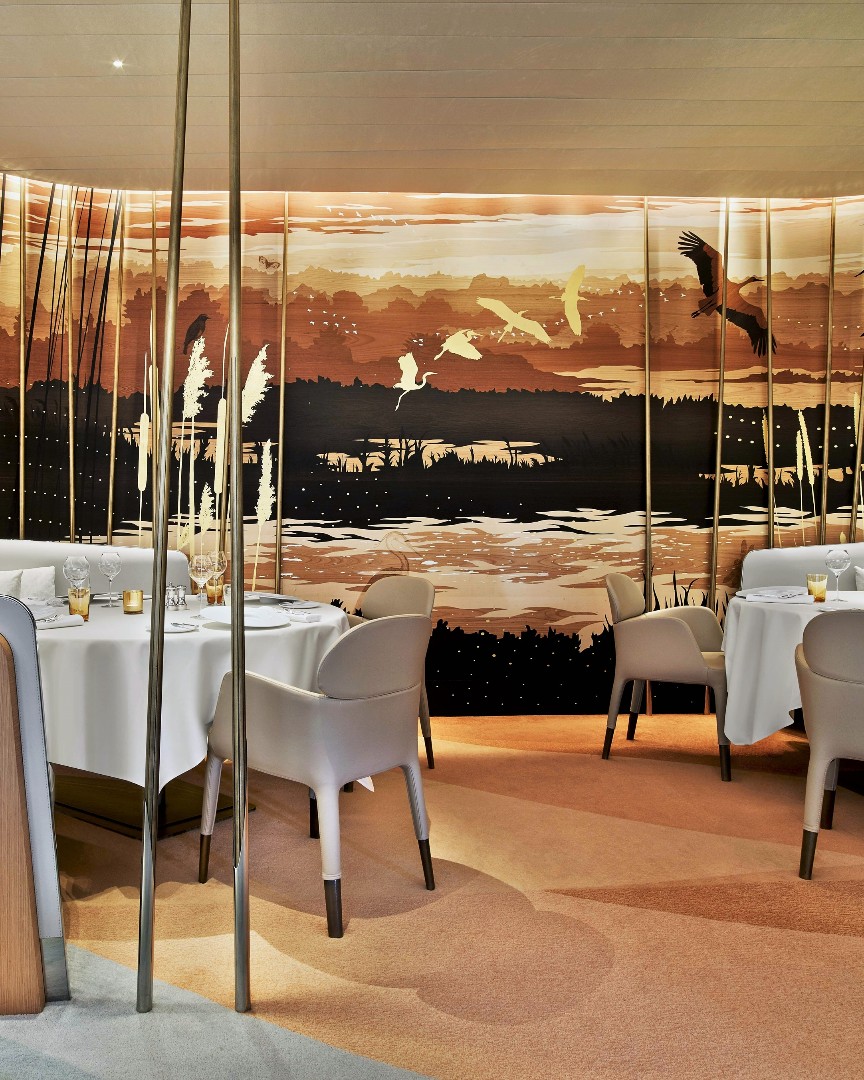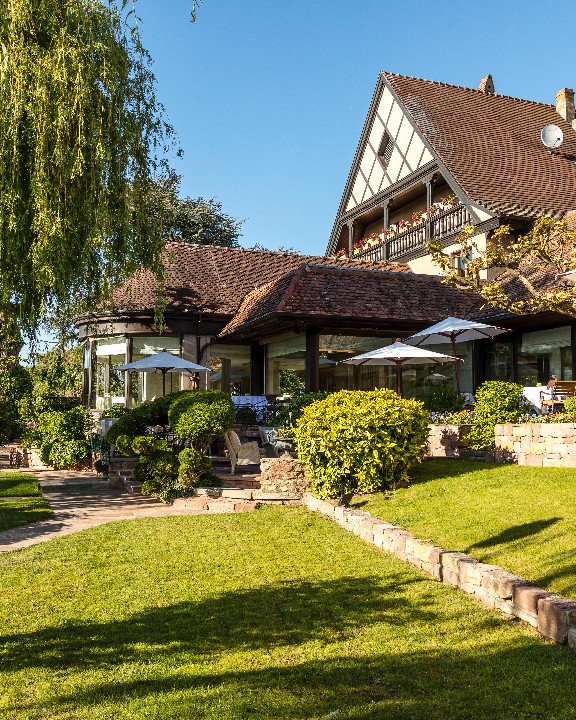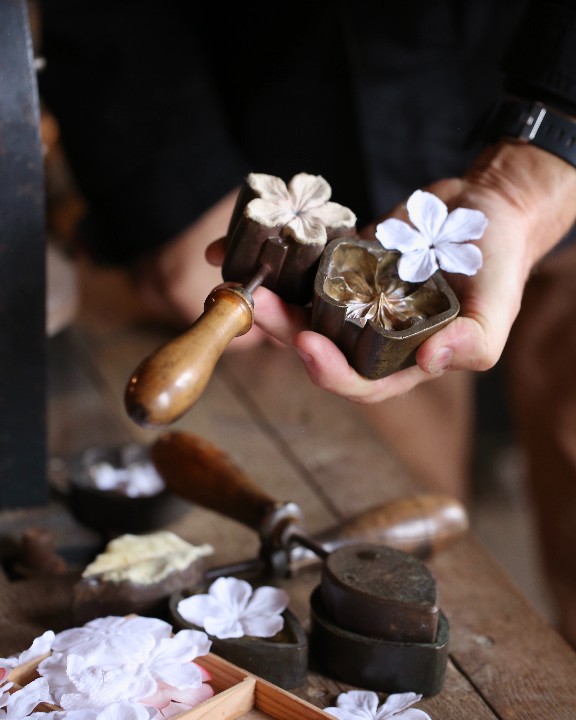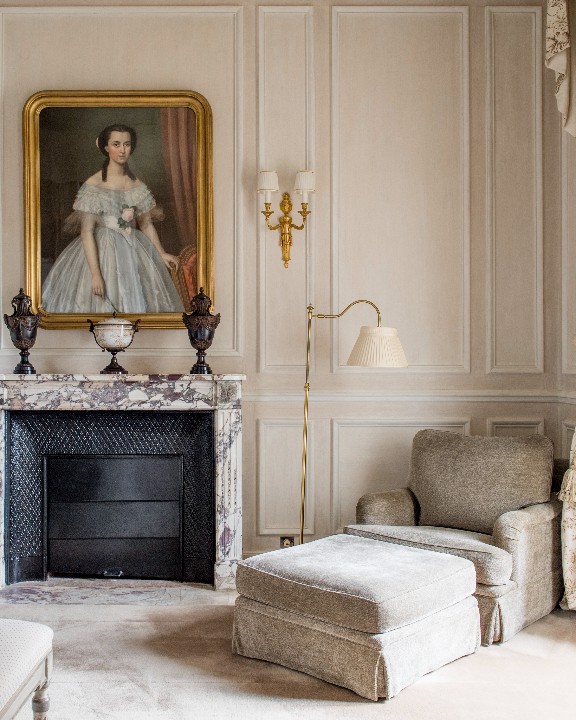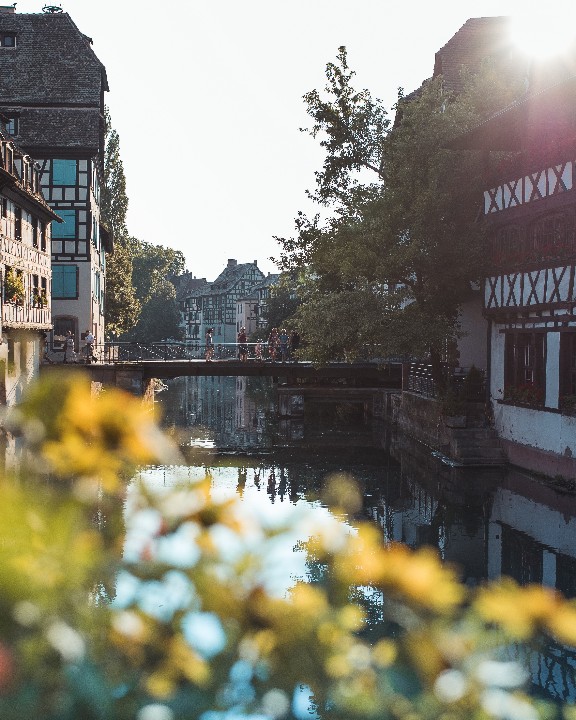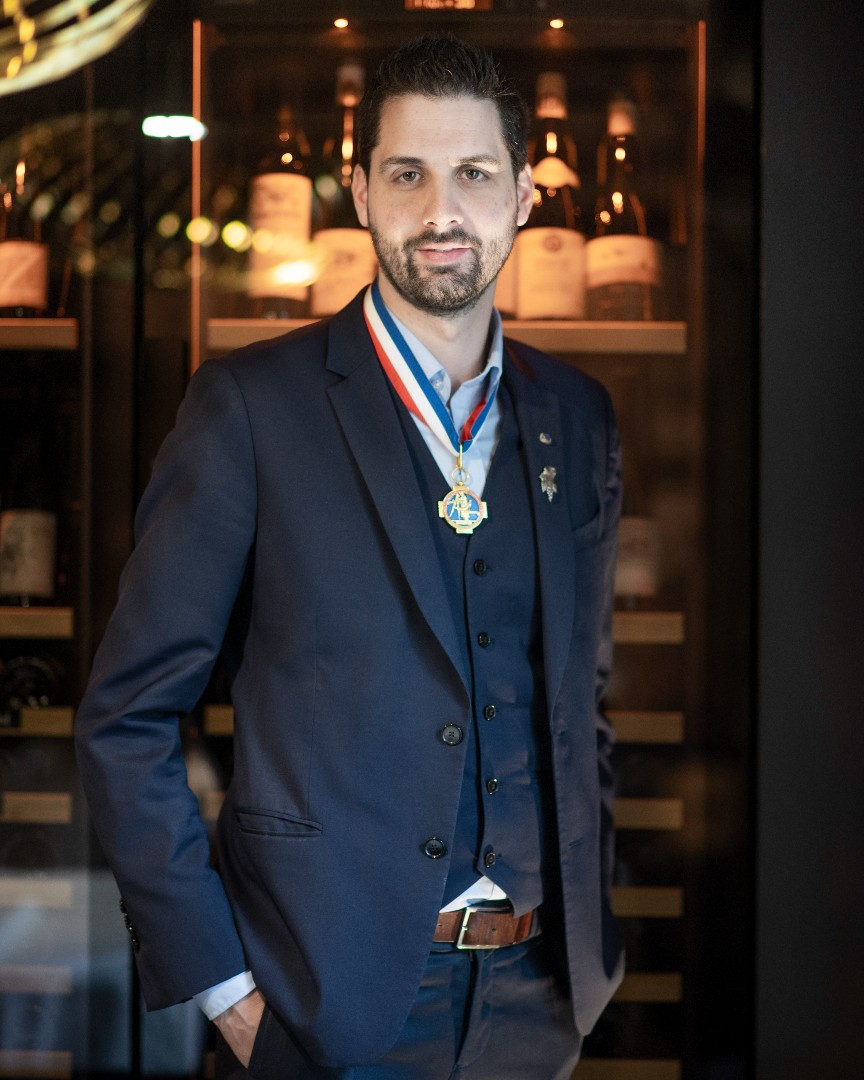
From the start of the 20th century, Alsace became known as a pioneer in France's automobile industry. The adventure began with the De Dietrich family, specializing in the production of rails and wagons. Faced by annexation of Alsace-Moselle by the German Empire, the family moved in 1879 to Lunéville, in free Lorraine, to pursue its production in France. There, in 1897, Eugène De Dietrich and his nephew, Adrien de Turckheim, teamed up with Amédée Bollée, father and son, designers of L’Obéissante, the world's first steam-driven vehicle. In 1902, the team welcomed Ettore Bugatti, a promising young Italian engineer. He was entrusted with designing modern, high-performance vehicles to be commercialized by Émile Mathis, an entrepreneur from Strasbourg. Due to a lack of profitability, De Dietrich withdrew from the market in 1905, though the other two men decided to pursue the venture together. Their collaboration soon marked the world of competitions with revolutionary vehicles such as the Bugatti Types 6 and 7. Even so, their visions diverged and they parted company. Émile Mathis began to manufacture popular cars such as the Baby and Babylette, while Ettore Bugatti created luxury supercars. He won over 2,000 races with the Bugatti Type 35 and created the legendary Bugatti Type 41 aka Royale, among the rarest and most coveted models in the history of the automobile.
Fritz and Hans Schlumpf, essential figures in Alsace's textile industry, also marked the region's automobile scene. From 1960, their passion led them to build an exceptional collection of luxury cars. Hidden for years in an old, disused spinning mill, it was discovered in 1977 during an industrial dispute triggered by the firm's bankruptcy, tarnishing the Schlumpf brothers in an unprecedented scandal. For the next two years, the site was occupied by the unions who took the initiative of opening it to the public. Confiscated from the Schlumpf brothers after a long court case, the collection of over 500 vehicles was sold to the Association of the National Automobile Museum, specially created for the occasion. The Museum, owner of the world's largest collection of Bugatti Royales, thus came into being in 1982. In different theme-based areas, screenings and events, it gives a comprehensive view of the car industry's evolution from its origins to the present day. It also offers visitors a one-off experience: driving a legendary car or supercar on its autodrome. Prestigious vehicles such as the Lamborghini Huracan Spyder (2016), Bugatti Veyron (2013), Chevrolet Impala (1965), Bentley S1 (1957) and MG TD (1951) are available. An unforgettable moment to delight dedicated fans!
To contact the Agence Régionale du Tourisme Grand Est, click on the bell


